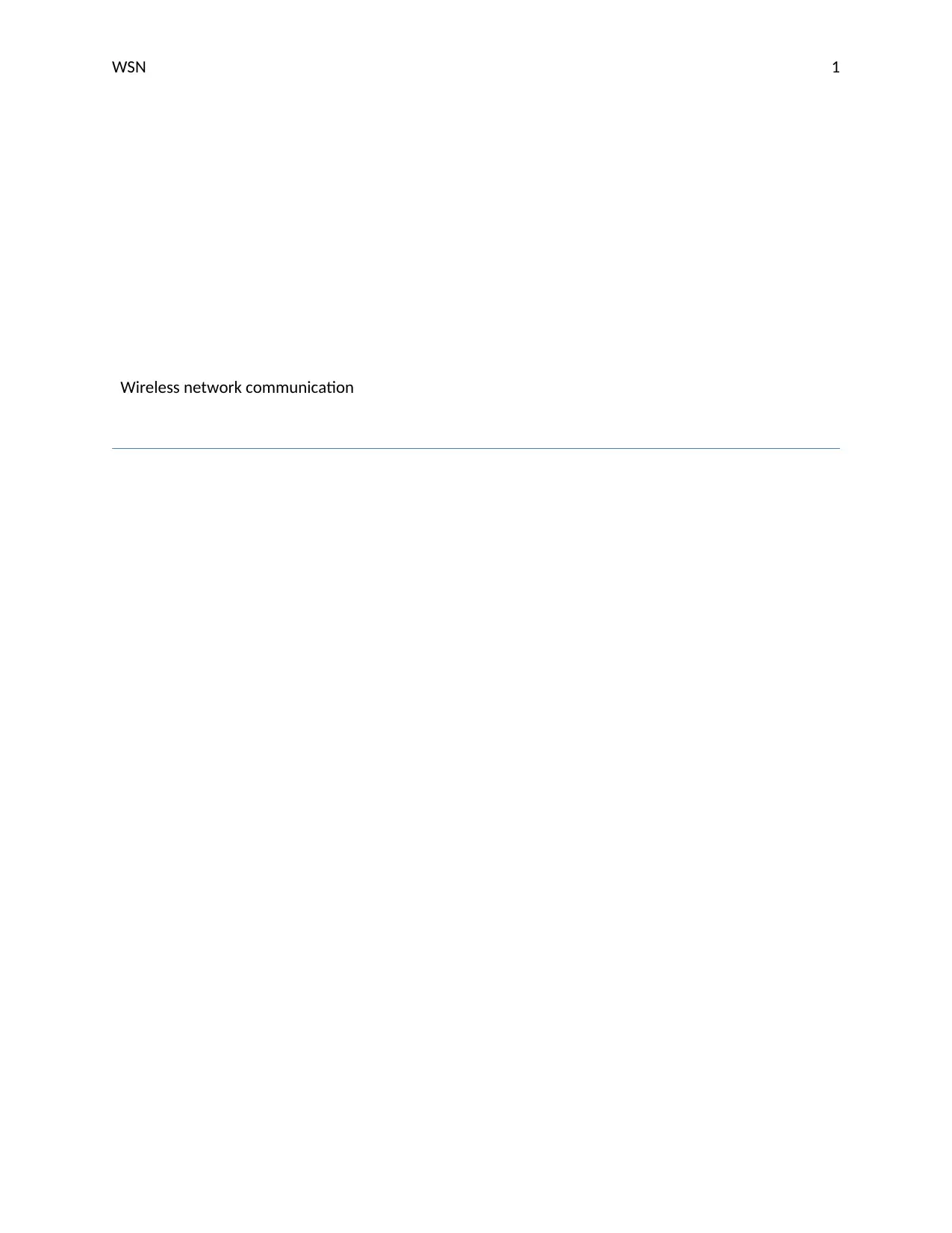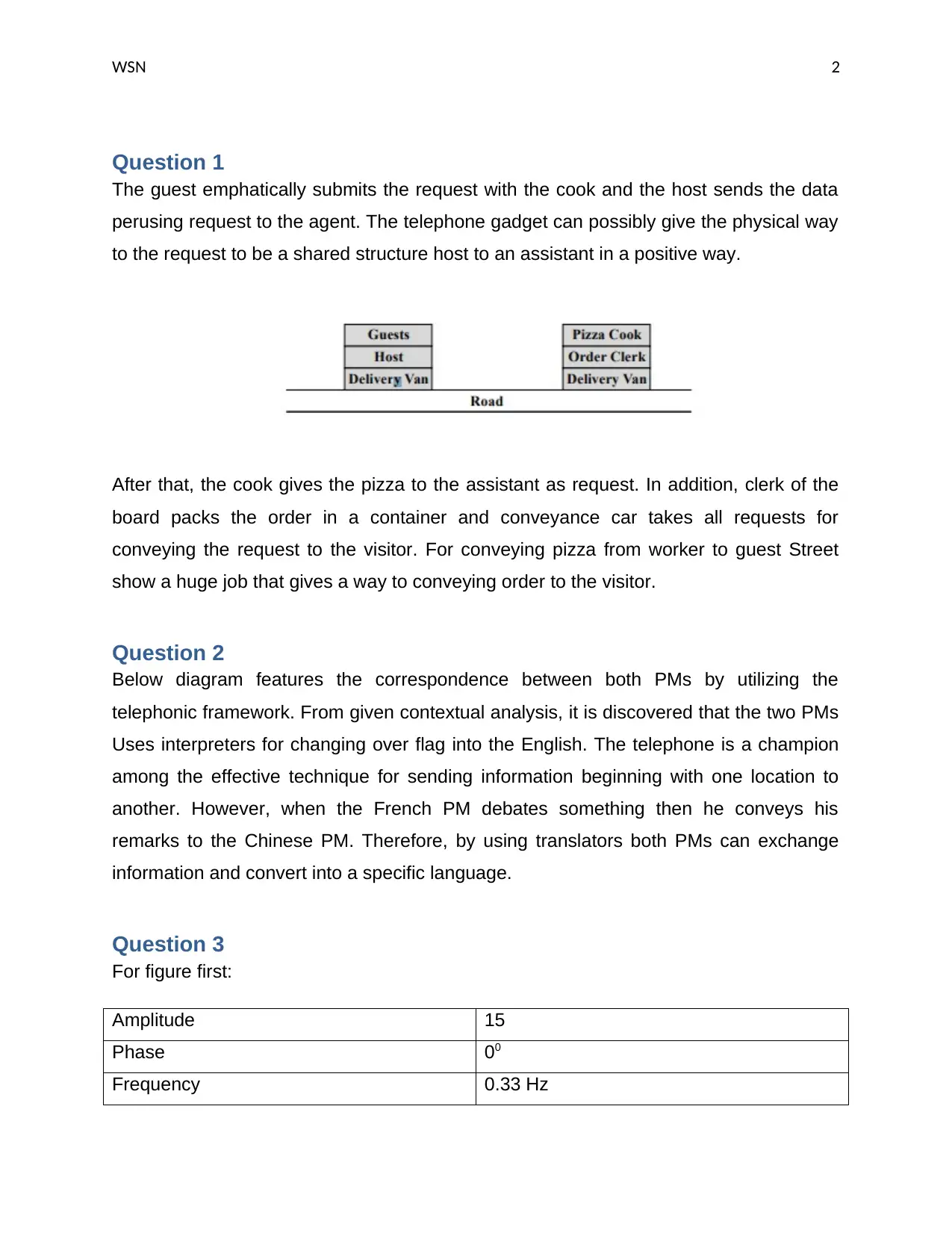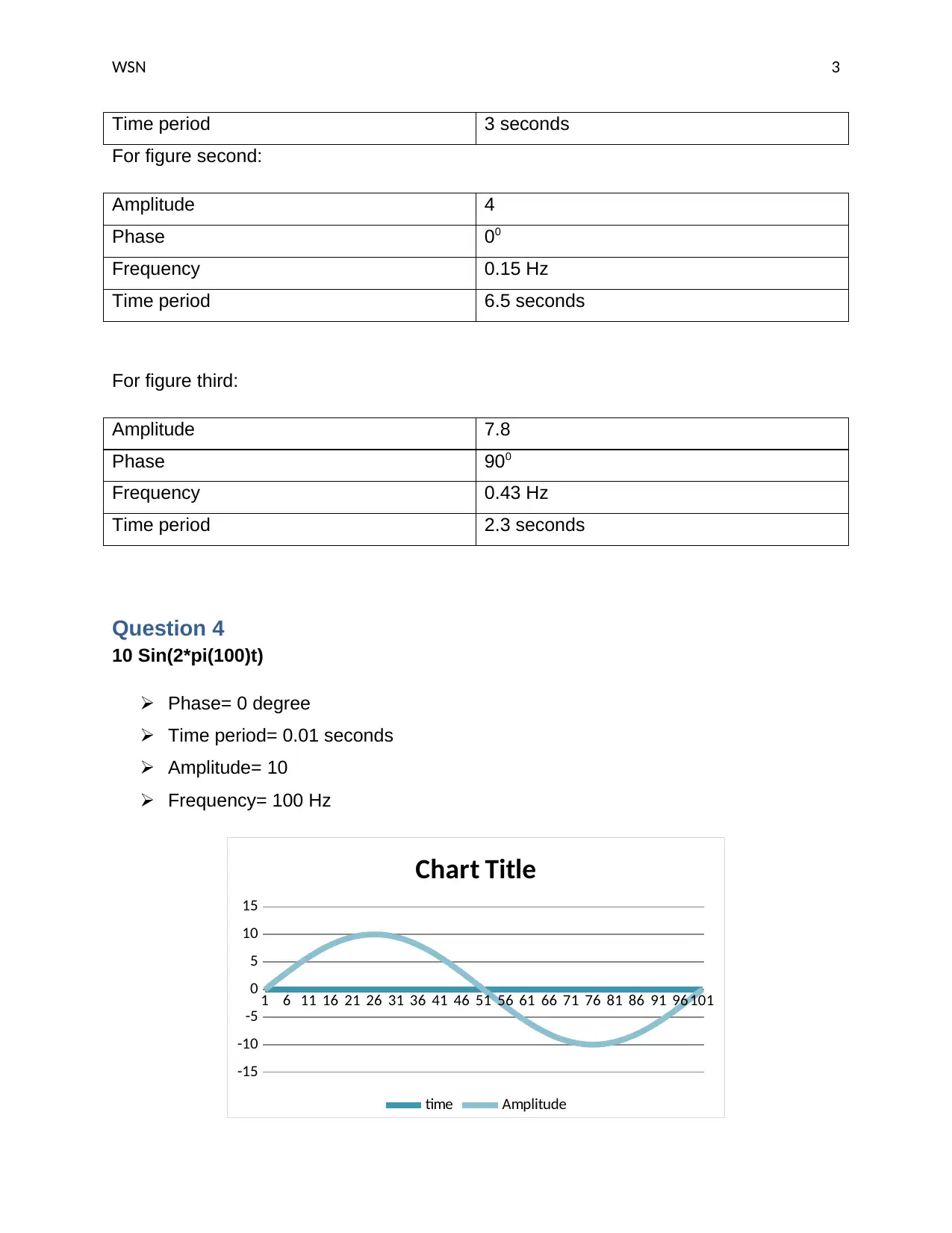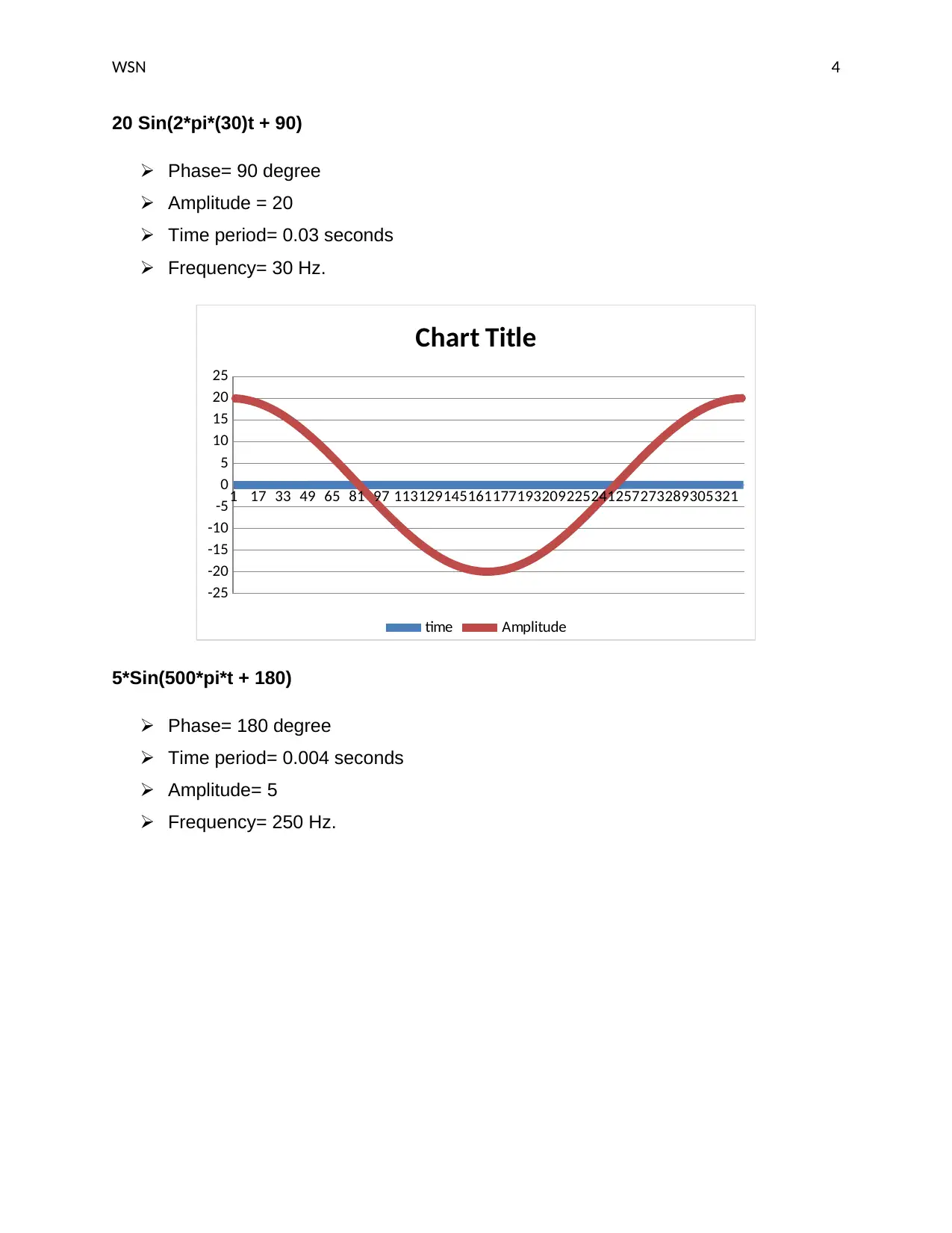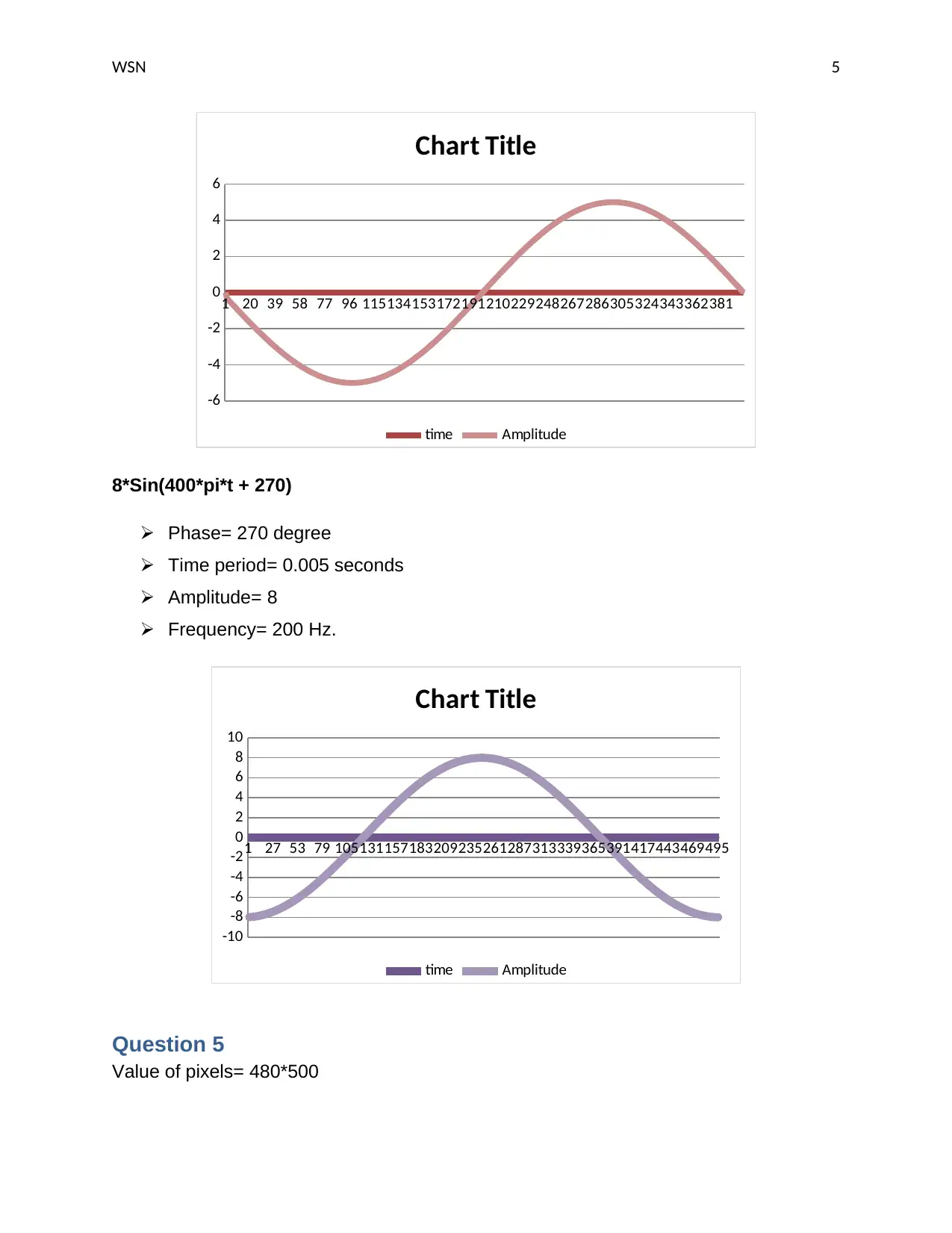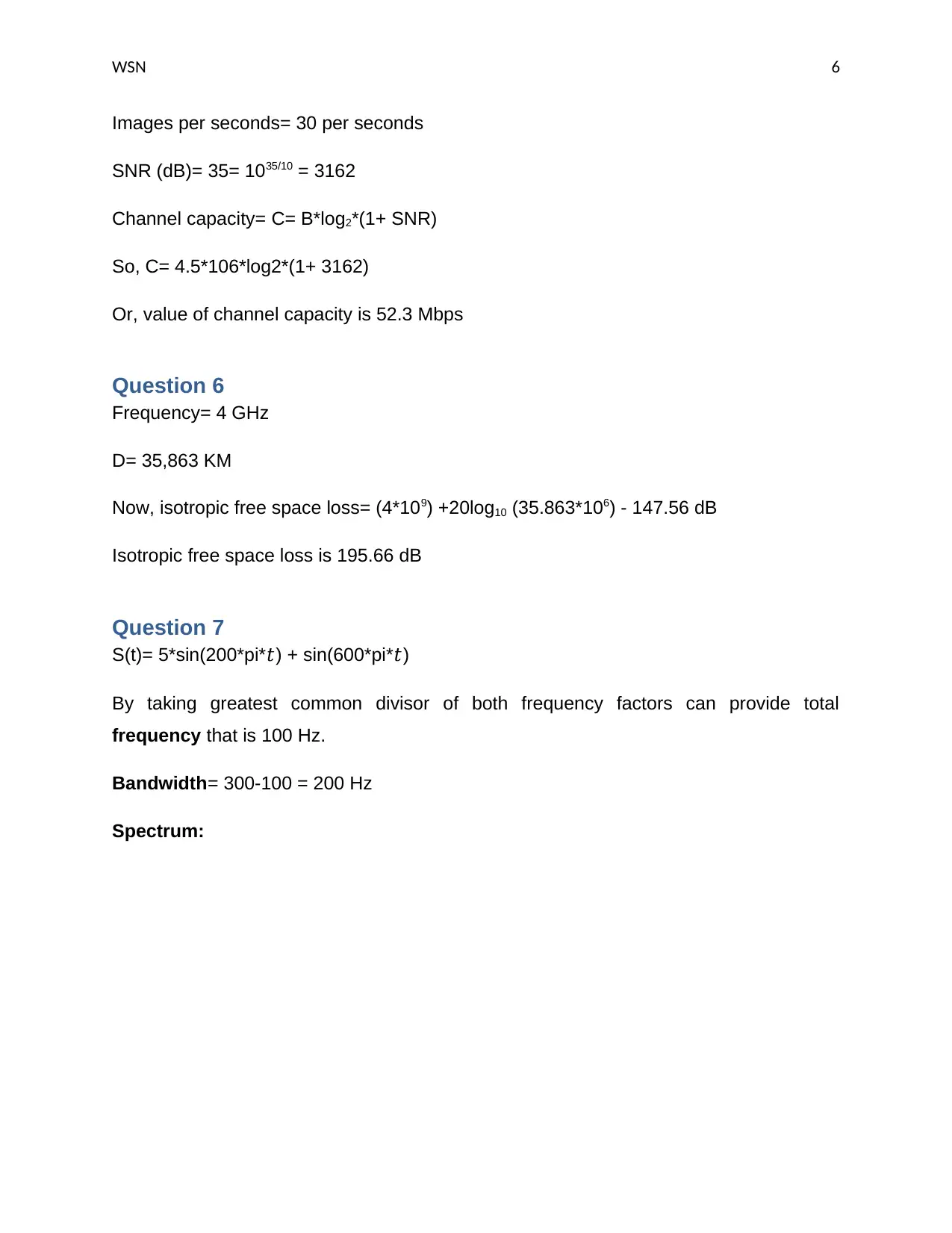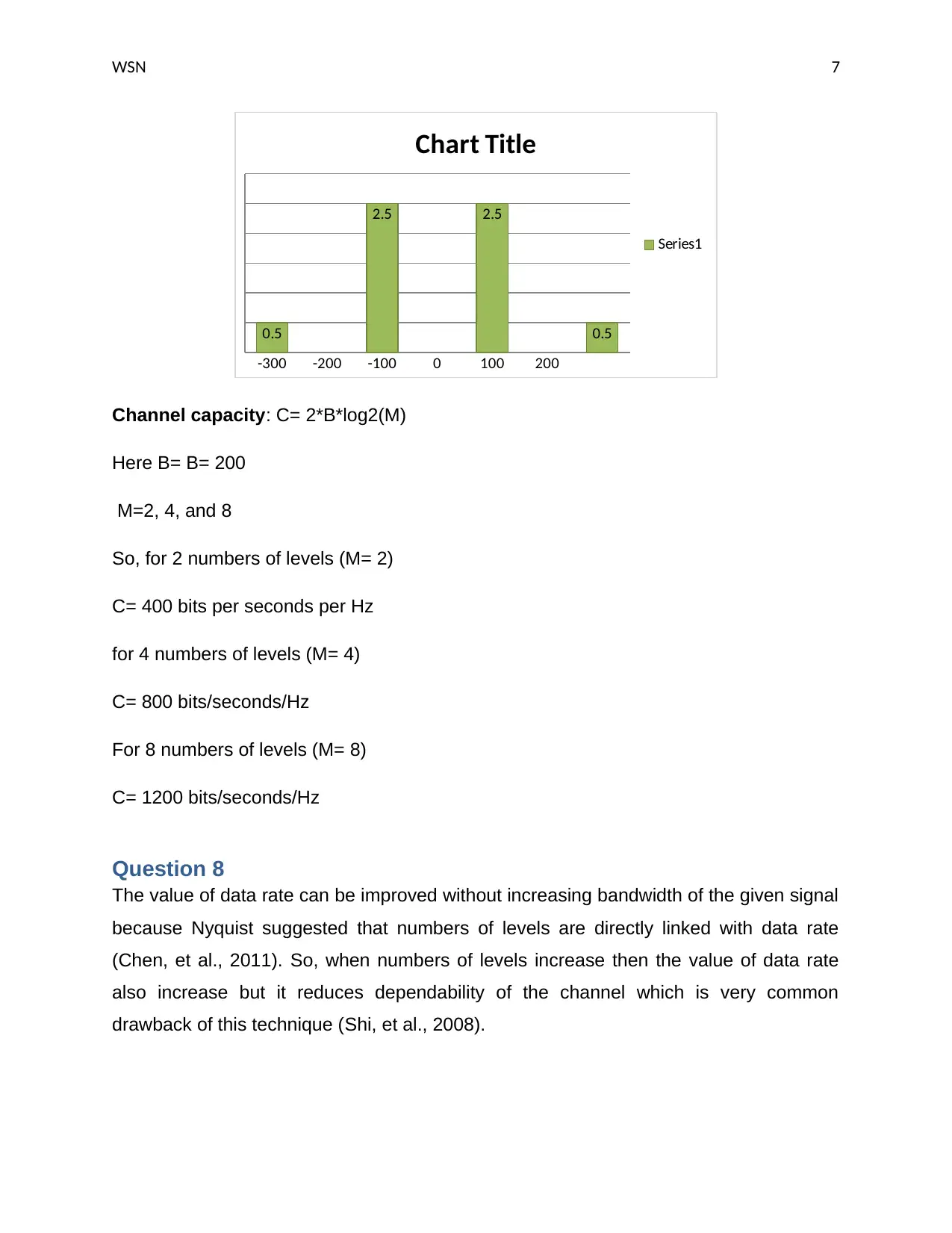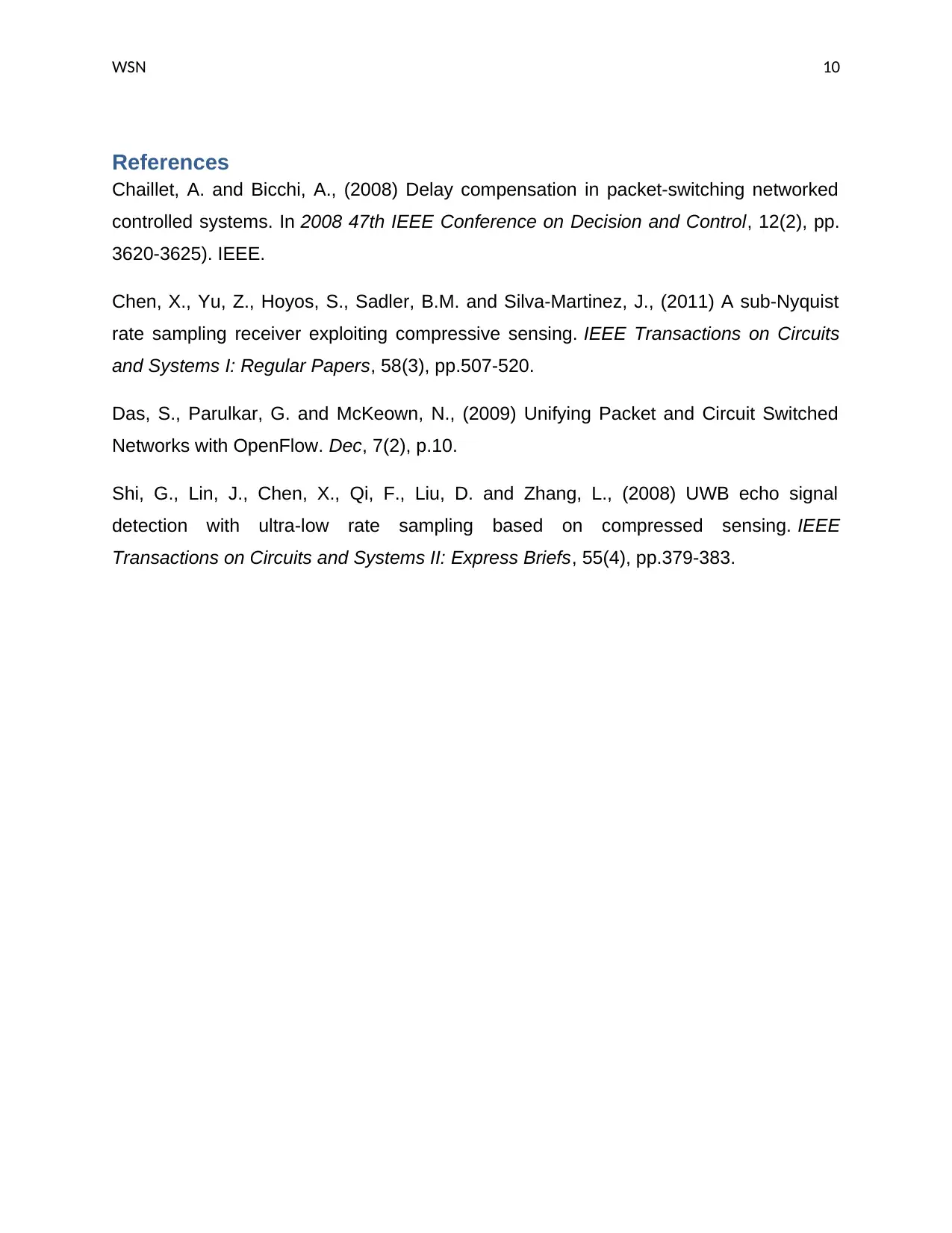University WSN Assignment: Wireless Network Communication Analysis
VerifiedAdded on 2023/02/01
|10
|1113
|48
Homework Assignment
AI Summary
This document provides a comprehensive solution to a Wireless Sensor Networks (WSN) assignment. The solution addresses several key aspects of WSNs, including network communication models, signal analysis (amplitude, frequency, phase, and time period calculations for various waveforms), channel capacity calculations, and isotropic free space loss. It also explores concepts like packet switching versus circuit switching, and antenna height determination. The assignment covers topics such as the ordering and delivery of a pizza using layer models, the communication between two prime ministers using translators, and the analysis of different waveforms. The solution provides detailed calculations, diagrams, and explanations to facilitate a thorough understanding of the concepts involved in WSNs.
1 out of 10
